
Albert Bridge: A Victorian Architectural Marvel
Discover the architectural beauty and rich history of Albert Bridge, a stunning Victorian suspension bridge in London offering breathtaking views of the River Thames.
Albert Bridge stands as a stunning example of Victorian engineering and design, offering visitors a picturesque crossing over the River Thames. This iconic bridge, adorned with intricate details and vibrant colors, provides a unique vantage point for enjoying scenic views of the river and the surrounding areas. A stroll across the bridge is a must for anyone visiting London, as it captures the essence of the city's historical charm and modern vibrancy.
A brief summary to Albert Bridge
- Albert Bridge, London, SW11 4PL, GB
- Visit website
- Monday 12 am-12 am
- Tuesday 12 am-12 am
- Wednesday 12 am-12 am
- Thursday 12 am-12 am
- Friday 12 am-12 am
- Saturday 12 am-12 am
- Sunday 12 am-12 am
Local tips
- Visit during sunset for stunning views of the bridge illuminated against the evening sky.
- Bring your camera; the bridge is a popular spot for photography enthusiasts.
- Consider visiting nearby Battersea Park for a relaxing stroll or picnic after crossing the bridge.
- Check local events, as the bridge often serves as a backdrop for community activities and celebrations.
Getting There
-
Car
From anywhere in Devon, get onto the M5 motorway heading towards Exeter. Continue on the M5 until it merges with the A38 towards Plymouth. Follow the A38 and then take the A386 exit towards Tavistock. Merge onto the A386 and follow the signs for Okehampton. After passing Okehampton, follow the A30 towards Exeter. Once near Exeter, take the A377 towards Crediton and follow signs for the A3072. Continue on this road until you reach the outskirts of London, then merge onto the A316 towards Richmond. Finally, follow the signs for Albert Bridge, which will lead you directly to the bridge. Note that parking in central London can be expensive, so be prepared for potential costs.
-
Train
To reach Albert Bridge by train, start by heading to your nearest train station in Devon. You will likely want to take a train to London Paddington. Check the train schedules and book your tickets in advance; prices vary based on time and demand. Once you arrive at Paddington Station, take the Underground (Tube) from Paddington to South Kensington on the Circle or District Line. From South Kensington, transfer to the District Line and take the train towards Wimbledon. Get off at the 'Sloane Square' station, which is a short walk from Albert Bridge. The walk will take approximately 15 minutes. Be sure to check the cost of the train tickets beforehand, as prices can vary.
-
Bus
If you prefer to travel by bus, you can take a National Express coach from various locations in Devon to London Victoria Coach Station. Once you arrive at Victoria, take bus number 170 towards 'South Kensington'. Get off at the stop 'Albert Bridge'. The bus ride will take approximately 20-30 minutes depending on traffic. Make sure to check the National Express website for ticket prices and schedules, as they can vary.
Discover more about Albert Bridge
Iconic landmarks you can’t miss
Cheyne Walk
0.3 km
Discover the picturesque Cheyne Walk in London, where scenic riverside views meet vibrant culture and historic charm.

St Luke's & Christ Church
0.9 km
Discover the tranquil beauty and rich heritage of St Luke's & Christ Church, a must-visit Anglican church in Chelsea, London.
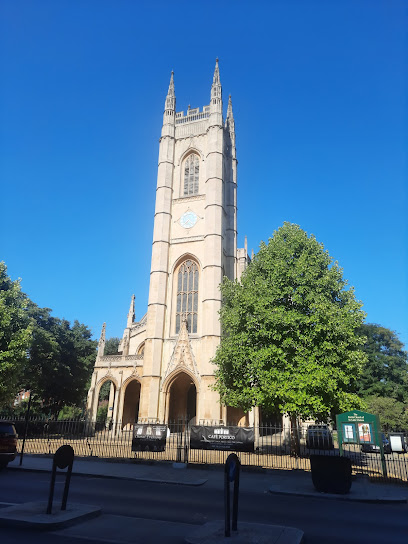
HTB Onslow Square
1.2 km
Experience the tranquility and community spirit at HTB Onslow Square, a stunning Anglican church in South Kensington, London.
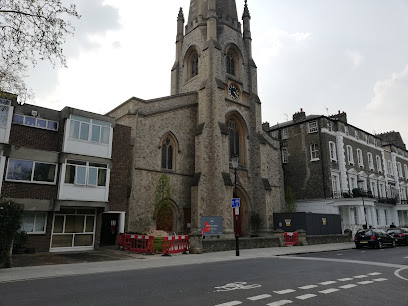
Innofinity Worldwide
1.3 km
Discover cutting-edge e-commerce solutions at Innofinity Worldwide in London's Sloane Square – your partner in digital success.
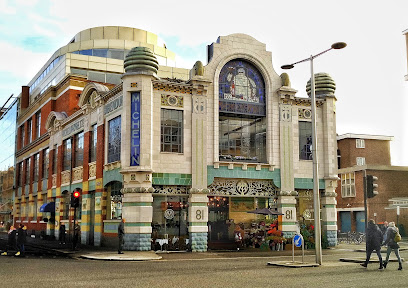
Béla Bartók Memorial
1.4 km
Explore the Béla Bartók Memorial in South Kensington, a serene tribute to the influential composer, enveloped in history and culture.
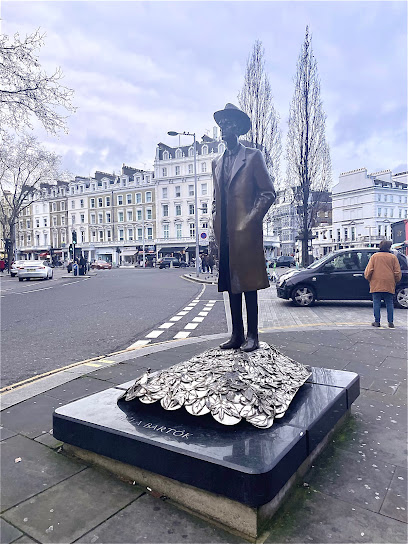
Sussex Mansions
1.4 km
Discover the charm of London living at Sussex Mansions, your perfect home base in South Kensington.
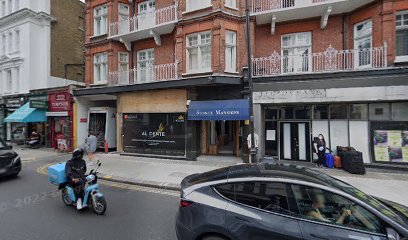
St Simon Zelotes
1.4 km
Explore the serene St. Simon Zelotes, an exquisite Anglican church in London, blending architectural beauty with a tranquil atmosphere perfect for reflection.

37 Thurloe St
1.5 km
Experience the architectural elegance and rich history of 37 Thurloe St in South Kensington, a must-visit destination for every London traveler.
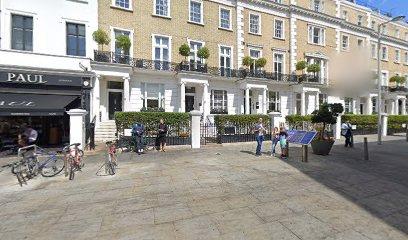
St Augustine's Church
1.5 km
Discover the serene beauty and architectural splendor of St Augustine's Church in South Kensington, a must-visit for culture and history lovers in London.
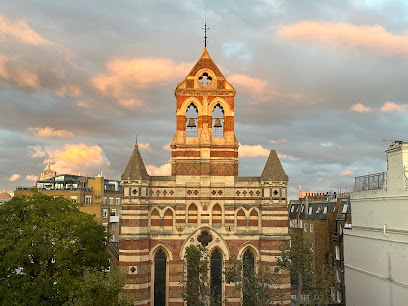
Empire House
1.6 km
Discover the architectural beauty and historical significance of Empire House in South Kensington, a true gem in the heart of London.
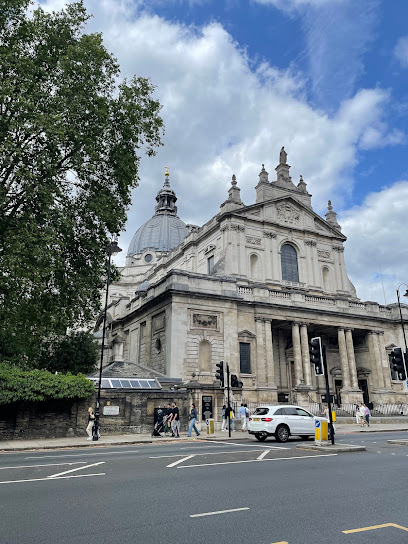
The Hole in the Wall
1.9 km
Explore The Hole in the Wall in London - a historical landmark that captures the essence of the city’s rich heritage and architectural beauty.
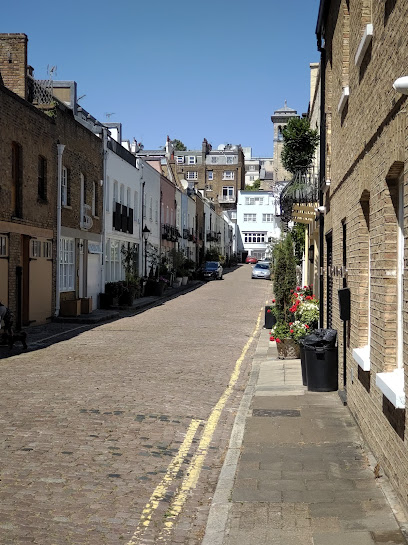
Buckingham Palace Rd
2.0 km
Explore the grandeur of Buckingham Palace, the iconic residence of the British monarchy, and witness the Changing of the Guard in London.
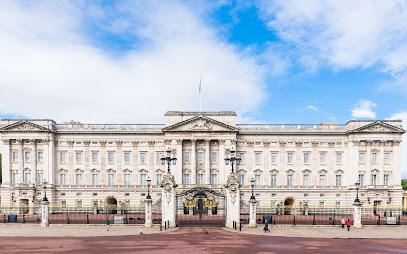
142 Cromwell Rd
2.0 km
Explore the stunning architecture and historical significance of 142 Cromwell Rd in London's vibrant Kensington district.

Thomas Cubitt statue
2.1 km
Discover the elegance of London at the Thomas Cubitt statue, a symbol of architectural excellence and a tribute to a legendary builder in Pimlico.
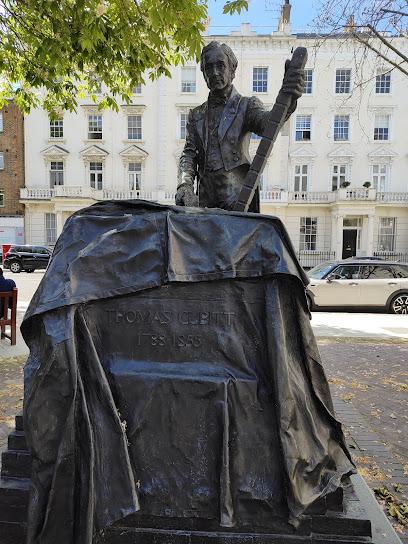
Belgrave Square
2.1 km
Discover the tranquil beauty of Belgrave Square, an elegant garden oasis in London, perfect for relaxation and stunning architecture.
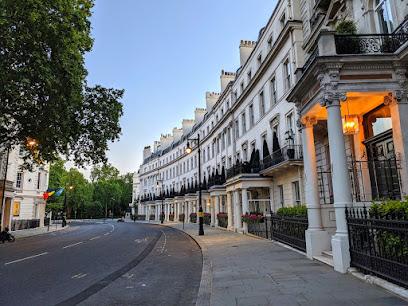
Unmissable attractions to see
National Trust - Carlyle's House
0.3 km
Discover the literary history at Carlyle's House, the historic home of Thomas Carlyle, in the heart of London’s Chelsea district.
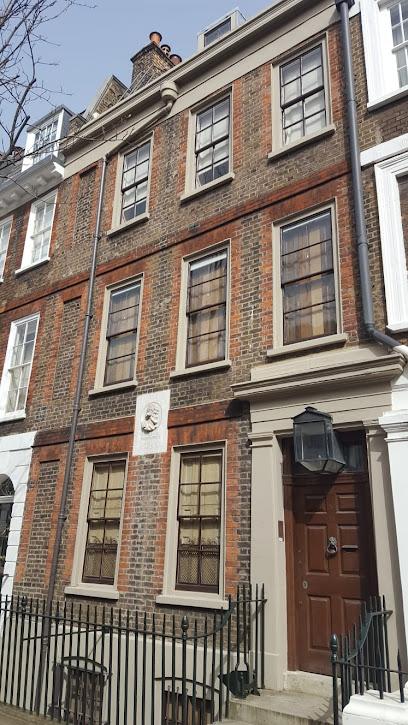
Chelsea Old Church
0.3 km
Discover the historic charm and serenity of Chelsea Old Church, an Anglican gem along the River Thames in London.
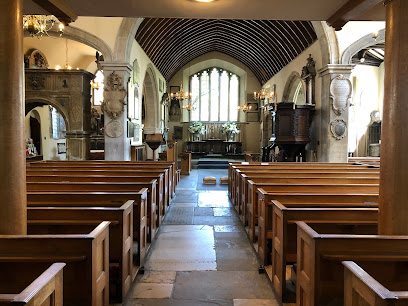
Chelsea Physic Garden
0.4 km
Explore the Chelsea Physic Garden in London, a tranquil botanical haven filled with diverse plant species and rich history in herbal medicine.
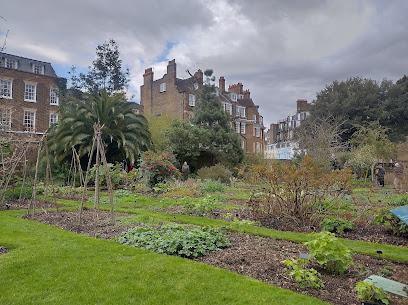
The London Peace Pagoda
0.5 km
Discover the London Peace Pagoda in Battersea Park, a serene symbol of peace and tranquility amidst the vibrant city of London.
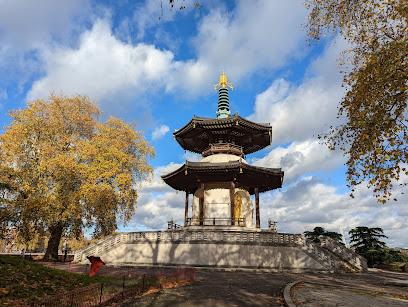
Chelsea Old Town Hall
0.6 km
Explore the historic Chelsea Old Town Hall, a stunning architectural gem in London offering a peek into the city's rich civic heritage and vibrant community life.
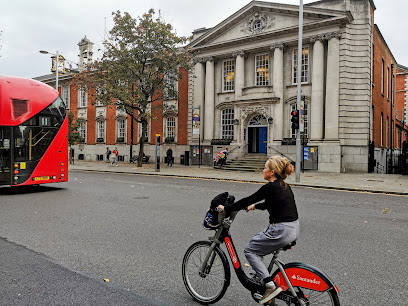
National Army Museum
0.6 km
Uncover the rich history of the British Army at the National Army Museum, a captivating destination for history lovers in London.
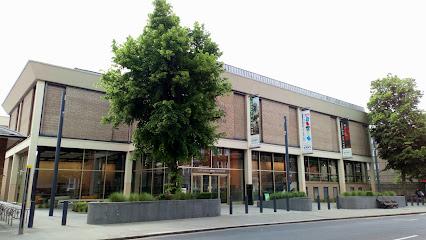
Battersea Park
0.7 km
Experience the beauty and serenity of Battersea Park, a lush green oasis in the heart of London perfect for relaxation, recreation, and family fun.

Putt in the Park
0.8 km
Experience the joy of miniature golf and delightful café treats at Putt in the Park, a family-friendly oasis in London.

Go Ape Battersea
0.8 km
Experience the thrill of outdoor adventure at Go Ape Battersea, where zip lines and treetop challenges await in London's beautiful Battersea Park.
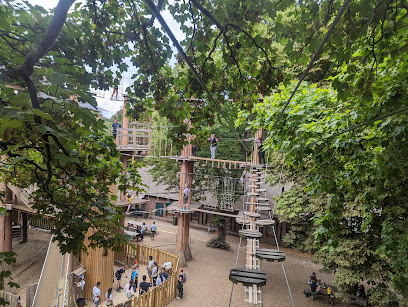
Royal Hospital Chelsea
0.8 km
Discover the rich history and tranquil beauty of Royal Hospital Chelsea, a unique landmark honoring British veterans in the heart of London.

St Luke’s Gardens
0.8 km
Discover the tranquil beauty of St Luke’s Gardens, a peaceful park in London offering lush landscapes, playgrounds, and vibrant community events for tourists.
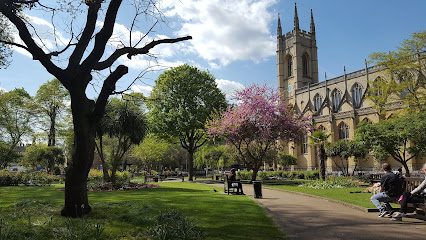
Cremorne Gardens
0.9 km
Discover the serene beauty of Cremorne Gardens, a hidden oasis along the Thames, perfect for relaxation and picturesque views in London.
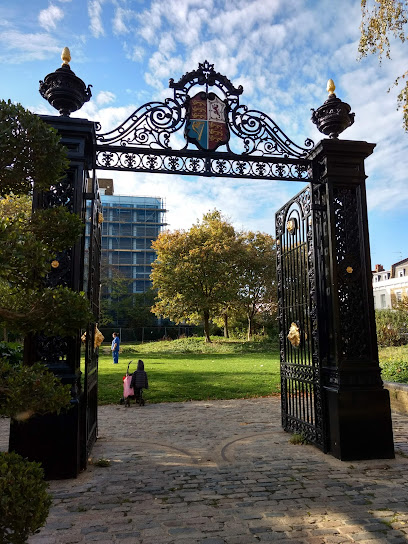
Duke of York Square Food Market
1.1 km
Experience the vibrant flavors of London at Duke of York Square Food Market, a must-visit destination for food lovers and culinary explorers.

606 Club
1.1 km
Experience the magic of live music at 606 Club, London's premier destination for jazz and blues in a cozy atmosphere.
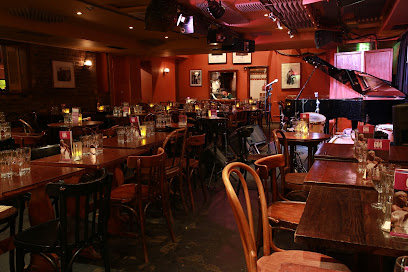
Barts
1.2 km
Discover the whimsical charm of Barts, Chelsea's hidden cocktail bar, where creativity meets sophistication in every sip.
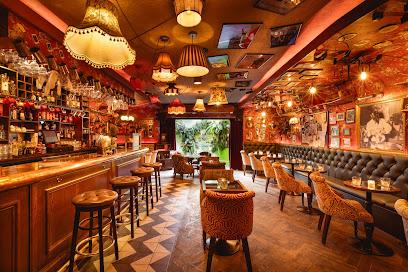
Essential places to dine
The Jam
0.6 km
Experience authentic Northern and Southern Italian cuisine at The Jam in London—a culinary journey filled with flavor and warmth.
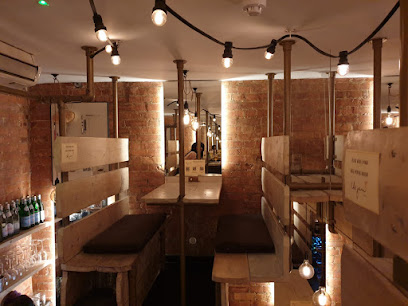
Rabbit
0.7 km
Experience exquisite modern British cuisine at Rabbit in London - where seasonal ingredients meet innovative cooking.

Ollie's House Restaurant (Chelsea)
1.2 km
Experience the best of Asian fusion cuisine at Ollie's House in Chelsea - where flavors meet elegance in every dish.
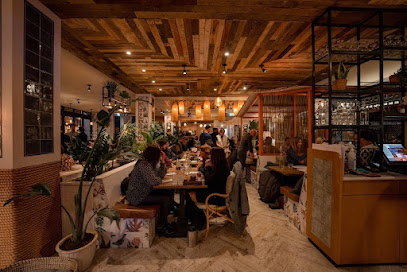
Town House Kensington
1.4 km
Discover the essence of British cuisine at Town House Kensington - where tradition meets sophistication in every bite.

Dinner by Heston Blumenthal
2.3 km
Experience innovative British cuisine at Dinner by Heston Blumenthal in London - where history meets modern gastronomy.

The English Grill
2.4 km
Experience culinary excellence at The English Grill, London's premier steakhouse offering exquisite British cuisine in an elegant setting.

Bill's Victoria Restaurant
2.4 km
Experience delightful British cuisine at Bill's Victoria Restaurant - perfect for breakfast, lunch or dinner in the heart of London.
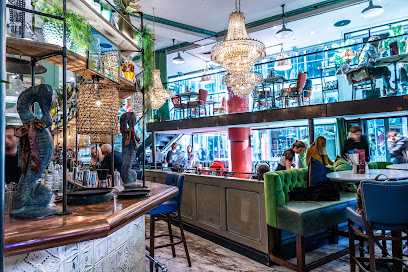
Grato
2.6 km
Experience authentic Italian cuisine at Grato in Kensington Square—where every dish tells a story and every bite delights.
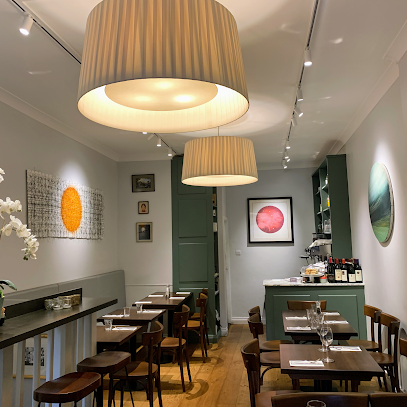
Spaghetti House Italian Restaurant Kensington High Street
2.7 km
Experience authentic Italian dining at Spaghetti House on Kensington High Street – where every dish tells a story.
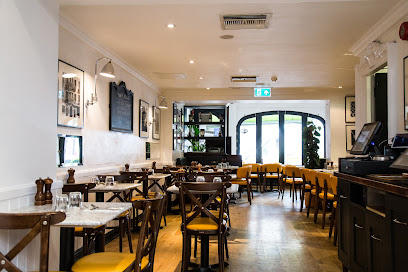
Prezzo Italian Restaurant London Kensington
2.7 km
Savor authentic Italian cuisine at Prezzo Italian Restaurant Kensington - A must-visit culinary gem in London offering delightful flavors and inviting ambiance.
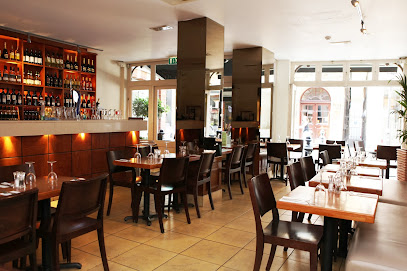
Zuaya London
2.7 km
Discover authentic Latin American cuisine at Zuaya London, where every dish tells a story of flavor and tradition in a chic setting.
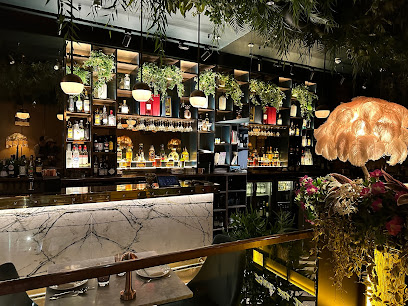
Dishoom Kensington
2.7 km
Experience authentic Indian cuisine in a charming setting at Dishoom Kensington - where tradition meets modernity.
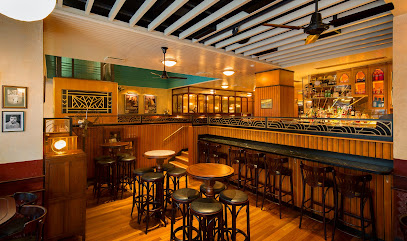
Akira Restaurant at Japan House London
2.8 km
Discover authentic Japanese cuisine at Akira Restaurant in Japan House London - where tradition meets modernity in every bite.
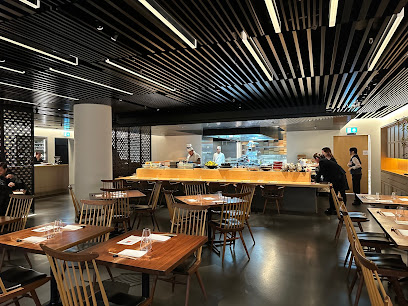
Colosseo Restaurant
2.8 km
Experience the authentic taste of Italy at Colosseo Restaurant in London - where every dish tells a story.
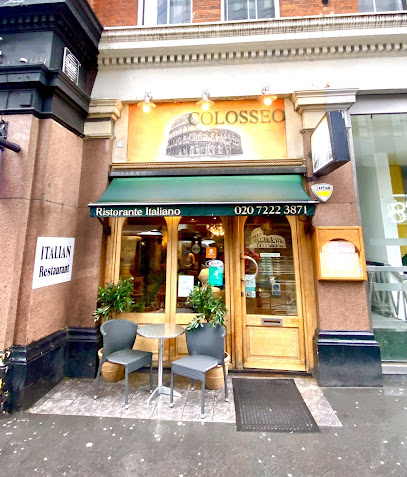
Brunswick House
2.8 km
Experience modern European dining at Brunswick House in London—a blend of exquisite cuisine and vibrant atmosphere perfect for any occasion.
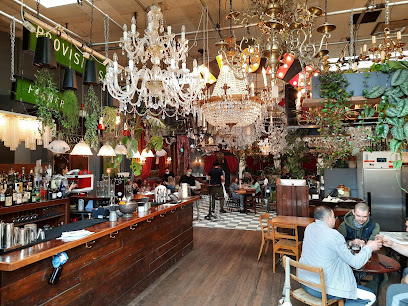
Markets, malls and hidden boutiques
Pop London - Sustainable Fashion Boutique
1.4 km
Explore sustainable style at Pop London, a designer fashion boutique committed to eco-friendly practices and unique clothing collections.

V&A Shop
1.6 km
Explore the V&A Shop for unique gifts, art-inspired collectibles, and stylish homeware in the heart of London's cultural hub.

The Natural History Museum Shop
1.7 km
Explore unique nature-inspired gifts at The Natural History Museum Shop, a delightful experience for all ages in London's iconic museum.
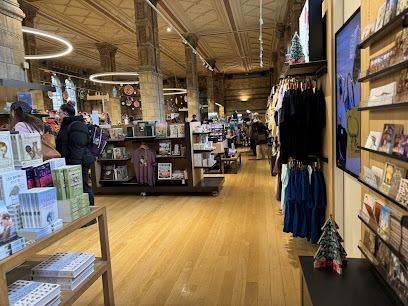
Science Museum Shop
1.8 km
Discover the Science Museum Shop in South Kensington for unique gifts, educational toys, and memorable souvenirs that celebrate scientific exploration.

Harrods
1.9 km
Discover unparalleled luxury shopping and exquisite dining at Harrods, London's iconic department store with a rich heritage and timeless elegance.
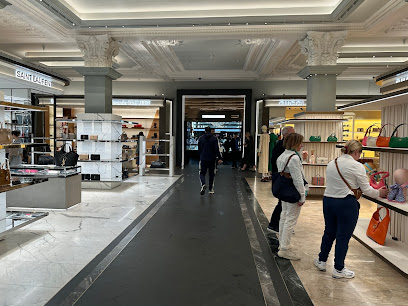
Cardinal Place
2.4 km
Experience the ultimate shopping and dining destination at Cardinal Place, London’s vibrant commercial hub near Victoria Station.

Cool Britannia
2.4 km
Discover the essence of British culture at Cool Britannia, your go-to gift shop for authentic souvenirs and unique treasures in London.
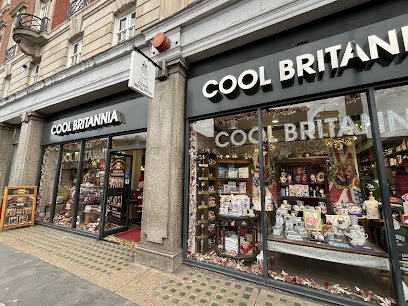
Buckingham Palace Shop
2.5 km
Explore the Buckingham Palace Shop for unique royal gifts and chinaware that capture the essence of British heritage.

The Queen's Shop
2.6 km
Discover exclusive royal-themed gifts at The Queen's Shop, a haven for tourists near Buckingham Palace, showcasing the essence of British heritage.
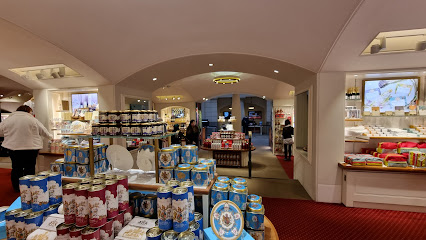
Jigsaw
2.8 km
Explore Jigsaw in Kensington for a unique blend of contemporary women's fashion and stylish accessories, perfect for every fashion lover.

Urban Outfitters
2.8 km
Discover Urban Outfitters in Kensington, a vibrant clothing shop offering trendy apparel and unique lifestyle products for the modern shopper.
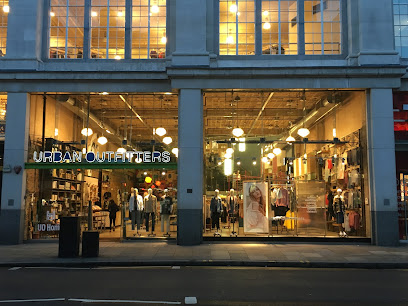
London Souvenir Kensington
2.8 km
Discover unique handcrafted souvenirs and mementos at London Souvenir Kensington, where every item tells a story.
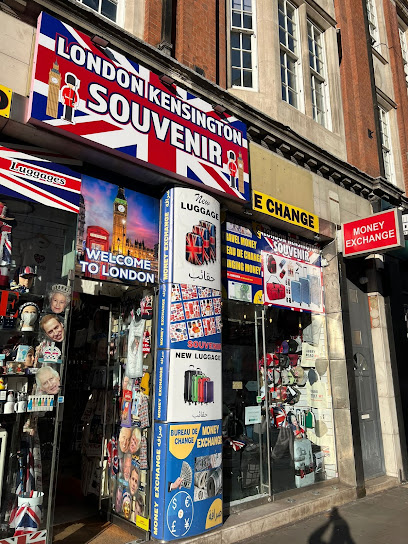
Oxfam Shop - Kensington High Street
2.9 km
Explore the Oxfam Shop on Kensington High Street for unique second-hand treasures that support global charity efforts.

Kensington Palace Shop
3.0 km
Explore the Kensington Palace Shop for exclusive royal-themed gifts and timeless souvenirs in the heart of London’s royal heritage.
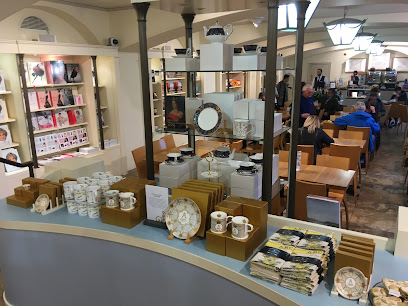
Good
3.0 km
Discover unique designer and vintage fashion treasures at Good Clothing Shop in London, where every piece tells a story.

Essential bars & hidden hideouts
K Bar
1.4 km
Experience the elegance of K Bar in South Kensington, where innovative cocktails meet a chic atmosphere for an unforgettable night out.
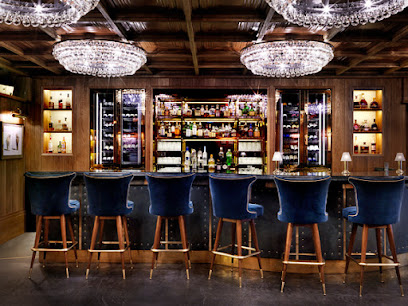
The Hereford Arms, South Kensington
1.6 km
Experience the charm of The Hereford Arms, a traditional pub in South Kensington offering classic British dishes and a warm, inviting atmosphere.
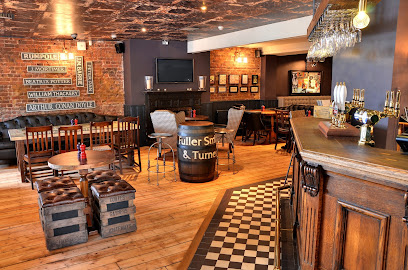
The White Ferry, Victoria (PUBLOVE)
1.6 km
Experience vibrant hostel life at The White Ferry, where budget accommodation meets lively pub culture in the heart of London.

The Owl and Monkey Cocktail Bar
1.7 km
Discover a lively cocktail haven in South Kensington, where unique drinks and a vibrant atmosphere create unforgettable nightlife experiences.
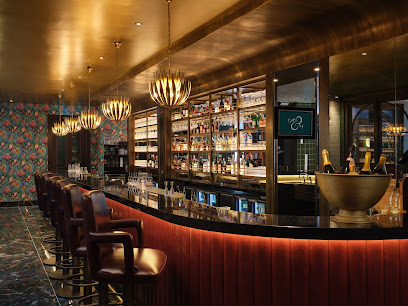
Evans & Peel Detective Agency
1.9 km
Discover the enchanting cocktail bar experience at Evans & Peel Detective Agency, where mystery meets mixology in the heart of London.
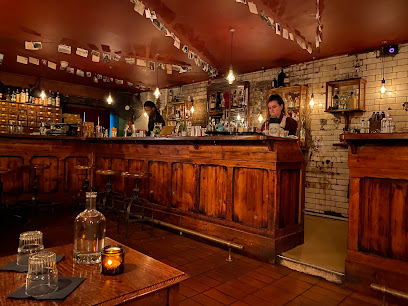
Sugar Cane Bar
2.0 km
Experience the vibrant atmosphere of Sugar Cane Bar in London, a Tiki bar renowned for its exotic cocktails and lively ambiance.
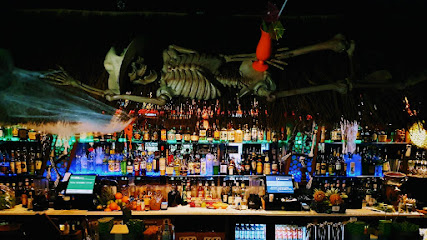
Bar Social
2.0 km
Experience the vibrant atmosphere and innovative cocktails at Bar Social, London's premier cocktail bar and event venue.

Bar 190
2.2 km
Experience the elegance of Bar 190 in South Kensington, where expertly crafted cocktails and a stylish atmosphere await every visitor.

Bbar
2.4 km
Experience the vibrant atmosphere and exquisite cocktails at Bbar, a chic lounge and restaurant near Buckingham Palace in London.
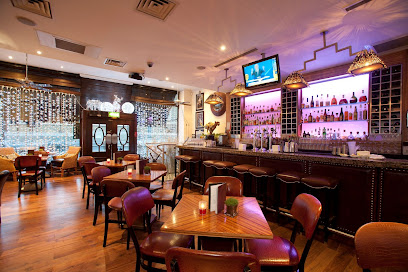
The New York Bar
2.4 km
Experience the vibrant spirit of New York at The New York Bar in London, where signature cocktails and chic ambiance meet.
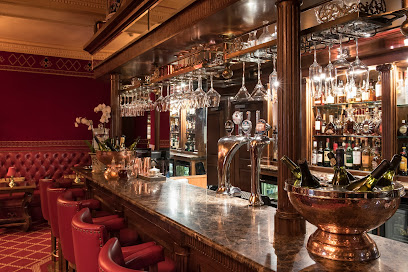
The Builders Arms
2.4 km
Experience authentic British cuisine and a lively atmosphere at The Builders Arms, Kensington's charming pub and restaurant.
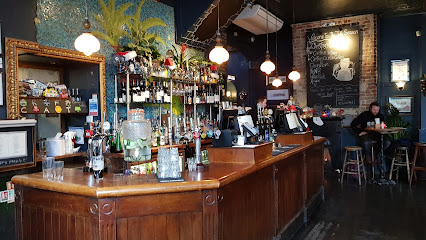
Stables Bar
2.6 km
Discover the elegance of Stables Bar in London, where innovative cocktails and a sophisticated lounge ambiance await your visit.

AMARO BAR - London
2.7 km
Discover the art of cocktail making at Amaro Bar, London’s premier destination for innovative drinks and vibrant nightlife.
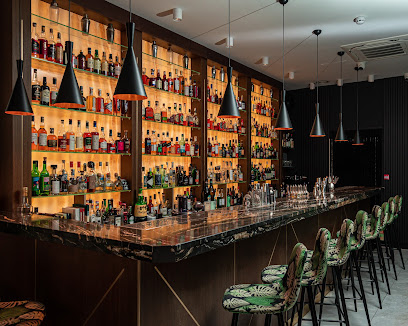
All Bar One Victoria
2.7 km
Discover All Bar One Victoria – a vibrant wine bar in the heart of London, offering exquisite wines and delectable dishes in a lively atmosphere.
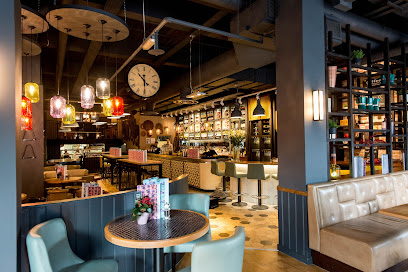
Piano Kensington
2.7 km
Experience the allure of live piano music and exquisite dining at Piano Kensington, a sophisticated gem in London's Royal Garden Hotel.




